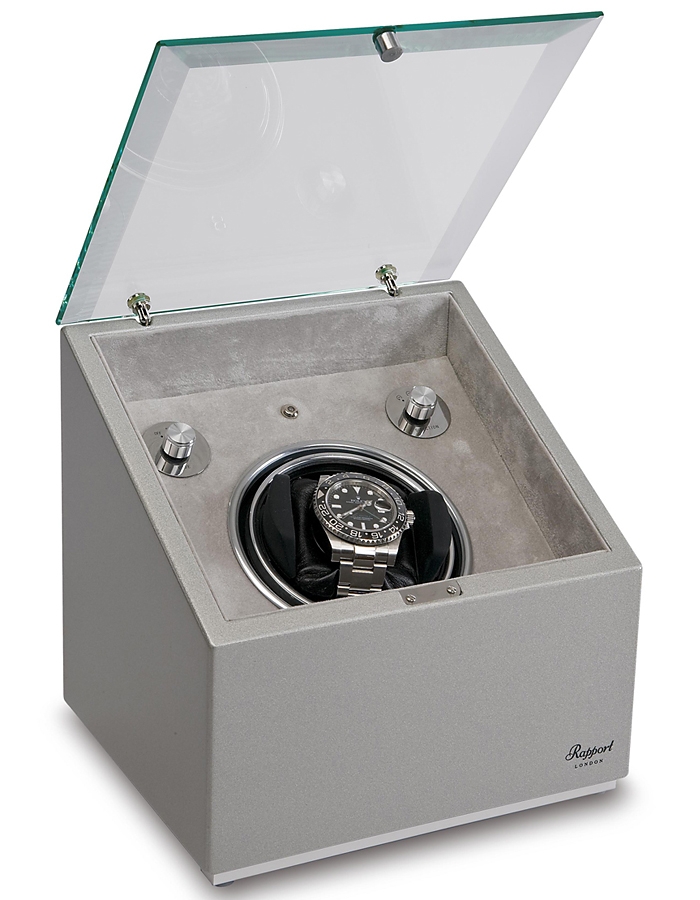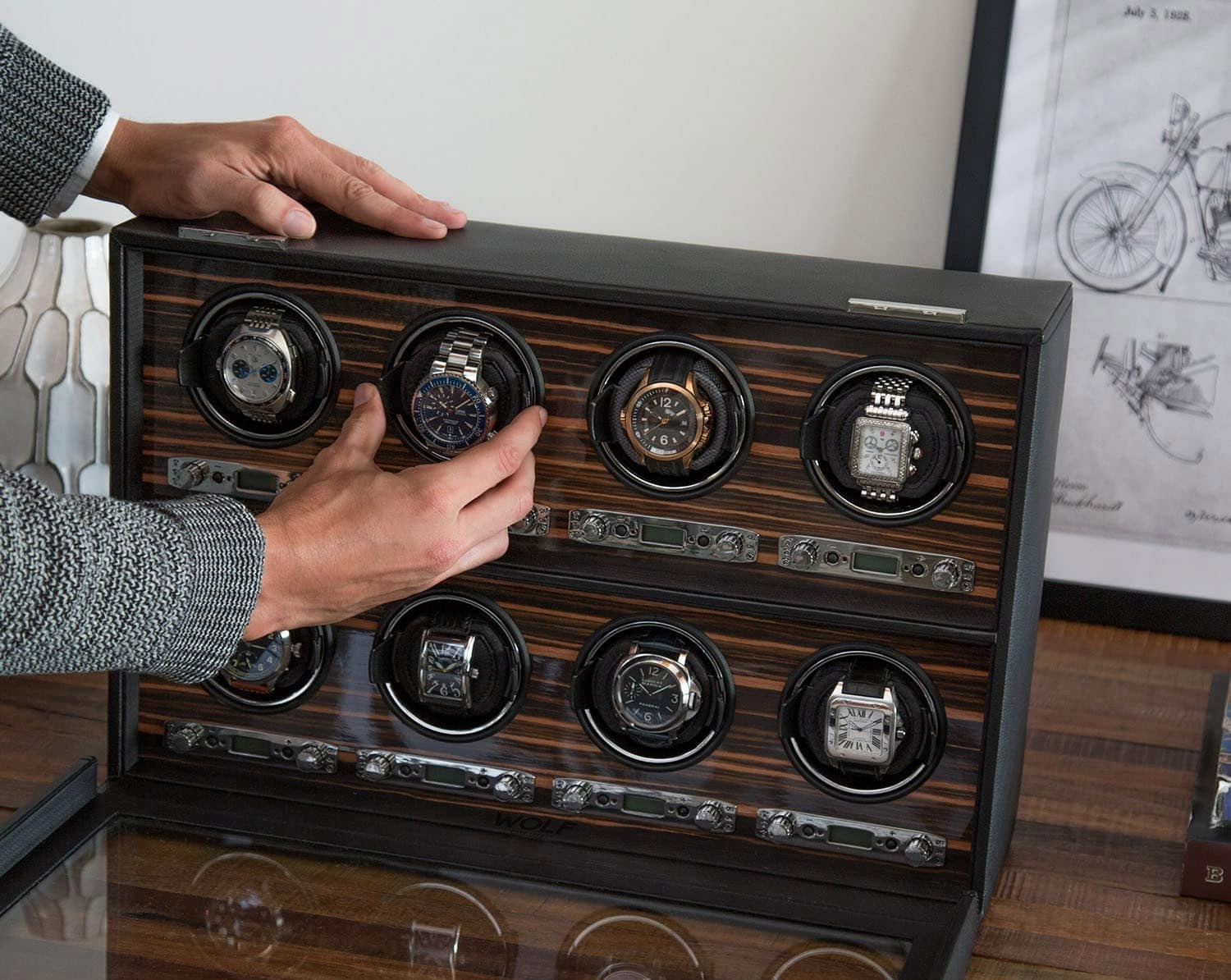

In the slipping barrel, the mainspring is attached to a circular steel expansion spring, often called the 'bridle', which presses against the inside wall of the barrel, which has serrations or notches to hold it. In an ordinary watch mainspring barrel, the outer end of the spiral mainspring is attached to the inside of the barrel. The "slipping mainspring" device was patented by Adrien Philippe, one of the founders of Patek Philippe, on 16 June 1863, long before self-winding wristwatches.

To prevent this, a slipping clutch device is used on the mainspring so it cannot be overwound. This will make the watch run fast, and could break the impulse pin. The excessive drive force applied to the watch movement gear train can make the balance wheel rotate with excessive amplitude, causing the impulse pin to hit the back of the pallet fork horns. This could break the mainspring, and even if it did not, it can cause a problem called "knocking" or "banking". If a simple mainspring was used, this would put excessive tension on the mainspring. Self-winding mechanisms continue working even after the mainspring is fully wound up. In many cases automatic wristwatches can also be wound manually by turning the crown, so the watch can be kept running when not worn, and in case the wearer's wrist motions are not sufficient to keep it wound automatically. The fully wound mainspring in a typical watch can store enough energy reserve for roughly two days, allowing the watch to keep running through the night while stationary. Some designs allow winding of the watch to take place while the weight swings in only one direction while other, more advanced, mechanisms have two ratchets and wind the mainspring during both clockwise and anti-clockwise weight motions. There are many different designs for modern self-winding mechanisms.
#Automatic watch winder series
The motion of the watch is thereby translated into circular motion of the weight which, through a series of reverser and reducing gears, eventually winds the mainspring. The normal movements of the watch in the user's pocket (for a pocketwatch) or on the user's arm (for a wristwatch) cause the rotor to pivot on its staff, which is attached to a ratcheted winding mechanism. The watch contains an oscillating weight that turns on a pivot. Then the energy from the mainspring powers the watch movement until it runs down, requiring the spring to be wound again.Ī self-winding watch movement has a mechanism which winds the mainspring using the natural motions of the wearer's body.

#Automatic watch winder manual
In a manual watch energy is stored in the mainspring by turning a knob, the crown on the side of the watch. In a mechanical watch the watch's gears are turned by a spiral spring called a mainspring. 2.2.3 Glycine and mass production of automatics.2.2.1 Harwood "Bumper" wristwatches: 1923.


 0 kommentar(er)
0 kommentar(er)
